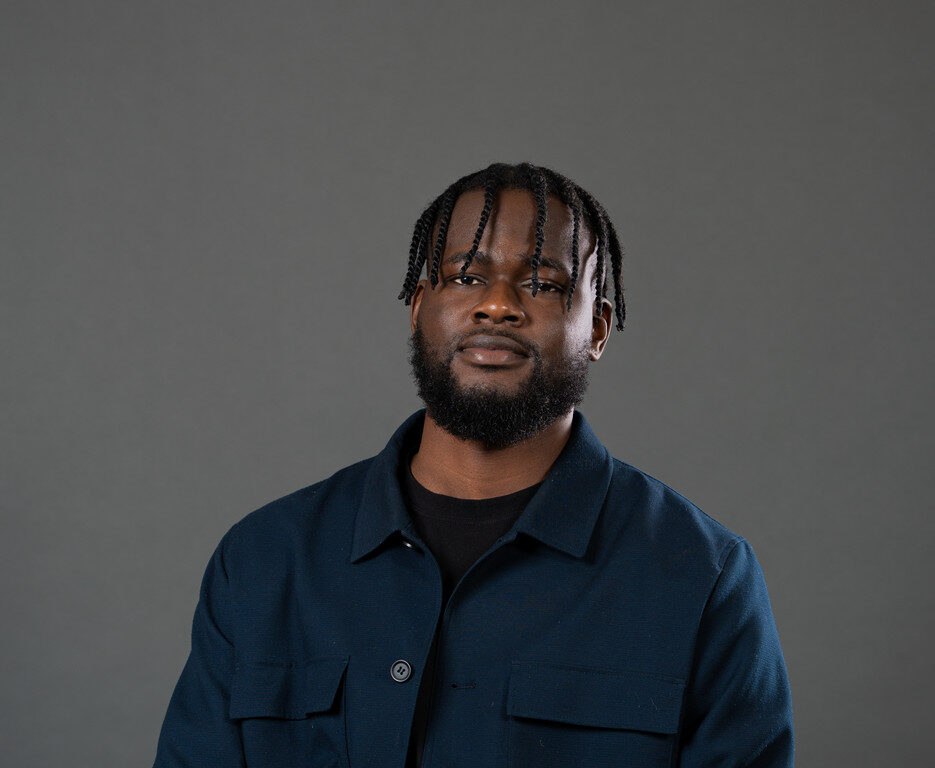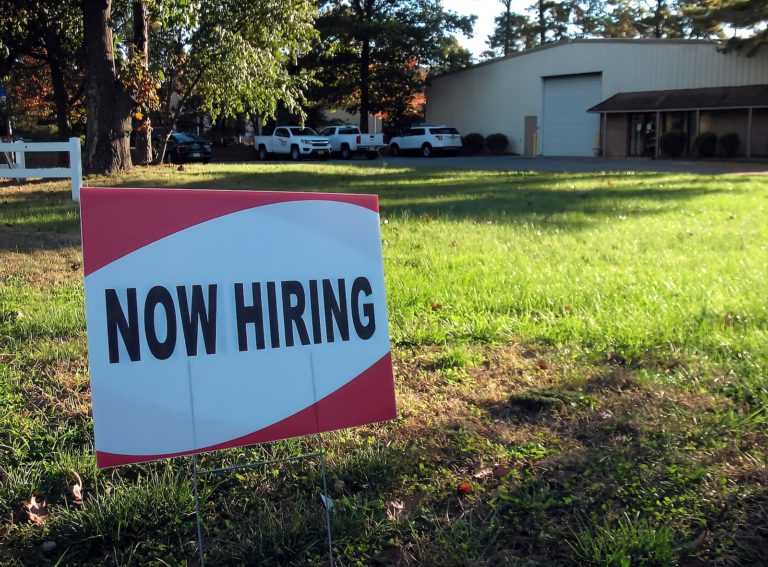Scalable System Architecture & Product Growth

Every new product starts with an idea, but ensuring its continuation depends on something less exciting: its underlying structure.
Appealing features and marketing will be irrelevant if the system is unable to process the load.
As a product scales from a small user base to millions of users, the tech behind it needs to change from something simple to a strong, spread-out system. That’s where effective engineering plays a crucial role in a company’s expansion.
Most engineers develop the features users interact with, but addressing growth is a different challenge.
This implies proactive consideration, understanding the system’s structure, and strategizing for the future. That is what Oyegbile Oluwabukunmi Rufus does.
He is a highly skilled software engineer who’s great at building scalable systems. He designs the core architecture which enables a product to withstand strain, so technical issues do not impede its success.
One key part of Rufus’s work is “transitioning to microservices.” Instead of a single large application, he divides the system into smaller, separate services. Each service does a defined task, enabling teams to work on, deploy, and grow them independently.
This speeds up development and enhances adaptability, since a busy service can be scaled up without disrupting the rest of the application.
To enable these microservices to interact, Rufus uses event-driven systems. With this setup, services send and receive events instead of making direct requests.
For example, when someone signs up, it might trigger a user created event that different services (like billing or email) can respond to. This keeps the services separate, making the whole system stronger and more reliable.
As data increases, the database needs to as well. Rufus plans for distributed databases, which can be split up and copied across several servers to manage lots of data and traffic. This keeps the system responsive, even with millions of users at once. By carefully managing data and copies, he creates a data setup that’s both fast and reliable.
Rufus’s work demonstrates that product and engineering are dependent on each other. He understands product managers’ decisions are influenced by how well the system adapts to increased demand. He helps teams resolve tough questions: Should we add a feature to attract more users, or should we fix the system to support the users we already have? He gives significant advice to help product leaders make smart choices, so short-term gains don’t cause long-term problems.
His skills are particularly important for cloud-native design. By building systems designed to run in the cloud, he uses the cloud’s built-in services for scaling, reliability, and cost savings. This enables products to increase or decrease resource use as needed, handling unexpected traffic removing the requirement for someone to manually manage it.
The work of Oyegbile Oluwabukunmi Rufus reveals that good engineering is important. By focusing on a strong, scalable base, he contributes to ensuring the products he works on are not just new but are also designed for sustainable expansion.
He’s a planner who proves that the most successful products have solid engineering behind the scenes.







